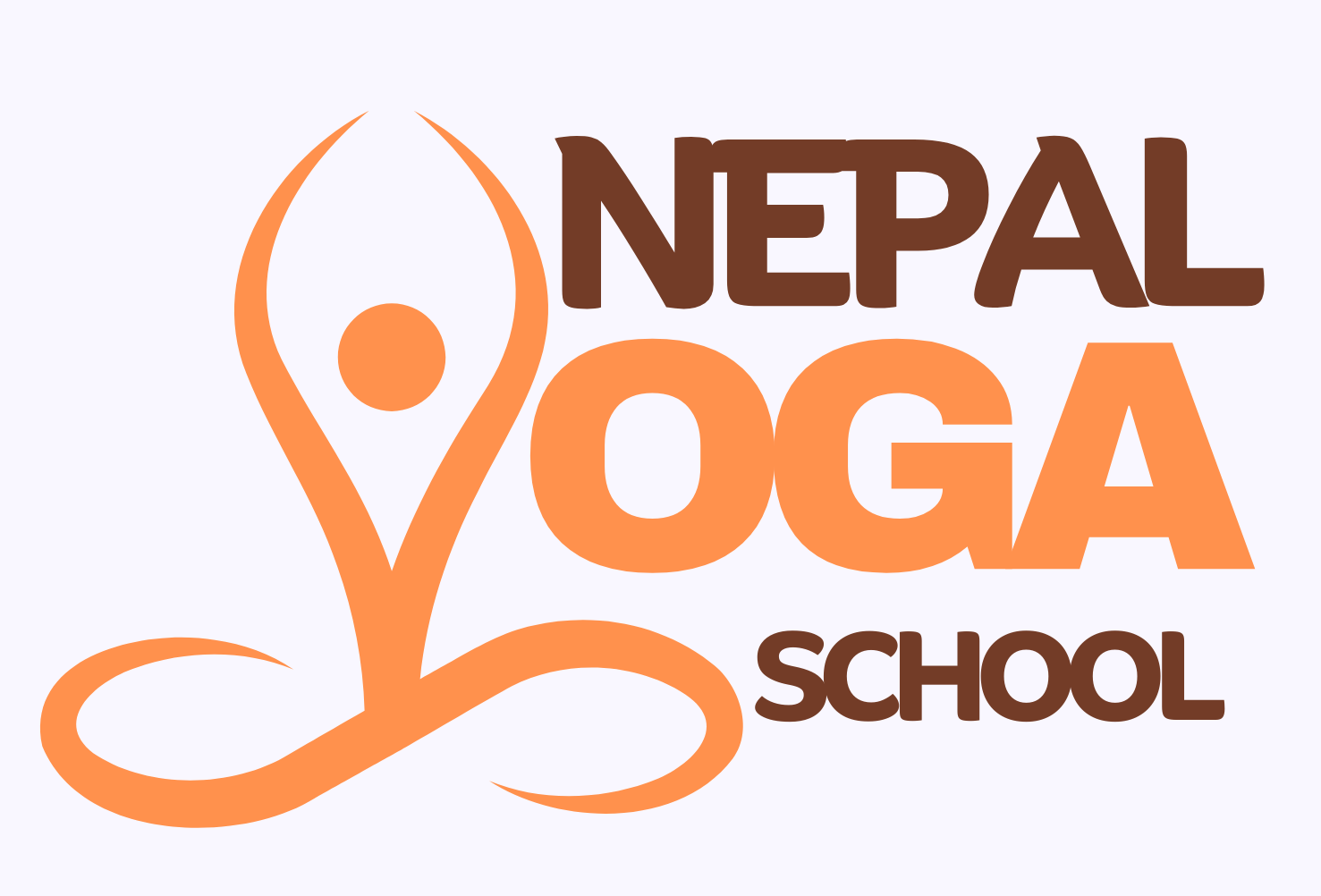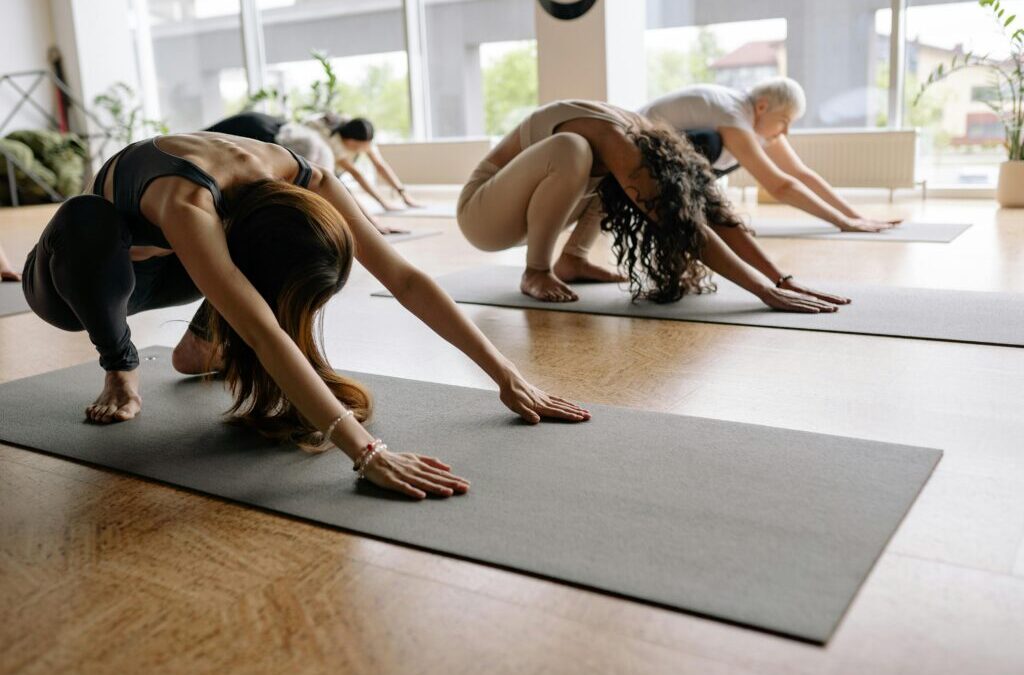Introduction
Ashtanga Yoga is a powerful and structured practice. It offers a dynamic flow that builds strength and discipline. Many people find that Ashtanga Yoga brings focus and energy to their lives. This practice links movement and breath in a set sequence. It can help you develop both physical and mental resilience. Whether you are new to yoga or a seasoned practitioner, this Yoga can challenge you in new ways. In this blog, we explore the history, principles, benefits, and tips for this Yoga. You will learn how to start and how to stay safe. By the end, you will have a clear picture of why Ashtanga Yoga remains popular around the world.
What is Ashtanga Yoga?
Ashtanga Yoga is a style of yoga that uses a fixed series of poses. It was developed by Sri K. Pattabhi Jois. The practice follows a set sequence called the Primary Series. Each movement links to the breath in a method known as vinyasa. The practice also uses three main elements: breath, gaze, and energy locks. These elements work together to build heat in the body and focus in the mind. The classes are often taught in a led or self‑led style. In led classes, the teacher guides each pose. In self‑led classes, students move through the sequence at their own pace. Both methods support growth and discipline.
History and Origins
The history of Ashtanga Yoga dates back to ancient India. The practice draws on a text called the Yoga Korunta. This work is attributed to a sage named Vamana Rishi. It was passed down through the lineage of T. Krishnamacharya. Sri K. Pattabhi Jois learned from Krishnamacharya and began teaching this Yoga in the twentieth century. He founded a school in Mysore, India, where students practiced in the traditional way. Over time, this Yoga spread to the West. Teachers like David Williams and Nancy Gilgoff brought the method to the United States. Today, Ashtanga has thousands of practitioners worldwide.
The Ashtanga Yoga Series
Ashtanga uses six series of poses. Each series has a clear purpose and order. The Primary Series is also called Yoga Chikitsa. It means yoga therapy. This series detoxifies and aligns the body. The Intermediate Series is called Nadi Shodhana. It purifies the nervous system and energy channels. After these two, there are four Advanced Series. These are called Sthira Bhaga. They bring high levels of strength, flexibility, and focus. Most students practice the Primary and Intermediate Series. Advanced Series require many years of practice. Each series is a complete system on its own.
Key Principles of Ashtanga Yoga
Ashtanga Yoga principles guide every movement. There are four main pillars:
-
Vinyasa: Links breath and movement in a flowing sequence.
-
Ujjayi Breath: Creates internal heat and sharpens focus.
-
Drishti: A fixed gaze point that steadies the mind.
-
Bandhas: Energy locks that direct prana upward.
These principles make Ashtanga Yoga a moving meditation.
Physical Benefits of Ashtanga Yoga
Ashtanga Yoga can transform your body. It builds strength in the core, arms, and legs. You also gain flexibility in the hips, spine, and shoulders. The dynamic flow raises your heart rate and improves cardiovascular health. Ashtanga Yoga can also boost your stamina. The set sequences train your body to work in a balanced way. Over time, you may see better posture and joint health. Many students also report weight loss and muscle tone from Ashtanga Yoga.
Mental and Emotional Benefits
Beyond the physical, Ashtanga Yoga nurtures the mind. The focus on breath and gaze calms the nervous system. Regular practice can reduce stress and anxiety. Many practitioners find greater clarity and mental resilience. The discipline of the series builds confidence and willpower. Ashtanga Yoga can also improve sleep quality. The deep breathing and movement help to clear mental clutter. Over time, you may feel more balanced and centered.
Typical Ashtanga Yoga Class Structure
A typical Ashtanga Yoga class begins with a short opening chant or mantra. Then students move through Sun Salutation A and B. These warm up the body and link breath to movement. After that, the class moves into the Primary Series poses. Each pose is followed by a vinyasa. The teacher may demonstrate each pose and then lead the group. In a self‑led class, students practice at their own pace with guidance. Classes end with deep stretches and a closing chant. The final pose is usually Savasana, or corpse pose. This rest allows the body to integrate the practice.
Who Should Practice Ashtanga Yoga?
Do you want to understand what type of Yoga is the right fir for you? Ashtanga Yoga suits many types of people. It is ideal for those who enjoy structure and challenge. If you like a clear path to follow, you may love this method. Ashtanga Yoga can be intense, so beginners should start slowly. Many studios offer introductory workshops. You can also try modified poses with props. If you have injuries, consult a teacher or health professional. With care, most people can adapt the practice. Ashtanga Yoga can also benefit athletes, as it builds both strength and flexibility.
Getting Started with Ashtanga Yoga
To start Ashtanga Yoga, find a qualified teacher. Look for classes labeled “Mysore style” or “led Ashtanga Yoga.” A Mysore class lets you learn at your own pace with teacher guidance. A led class moves the whole group together. Wear comfortable clothing that allows free movement. Bring a mat, towel, and water. You may also want a strap or block for support. Begin with the Primary Series only. Learn each pose well before moving to the next. Aim to practice two to three times per week. Consistency is more important than length of practice.
Tips for a Safe Practice
Safety is key in Ashtanga Yoga. Always warm up well with Sun Salutations. Listen to your body and respect your limits. Use modifications if you feel pain. Keep your breath steady and even. Avoid holding your breath. Rest if you feel dizzy or overly fatigued. Stay hydrated and eat a light meal before practice. Talk to your teacher about any health concerns. A good teacher will help you adjust poses to your needs.
Conclusion
Ashtanga Yoga offers a clear path to build strength, flexibility, and mental focus. It is a moving meditation that links breath, movement, and gaze. The set sequences and core principles create a powerful practice. Over time, you can move through the series and discover deeper layers of your potential. If you seek discipline and transformation through Yoga, Ashtanga may be right for you. Embrace the journey and enjoy the many benefits that this ancient practice can bring.

